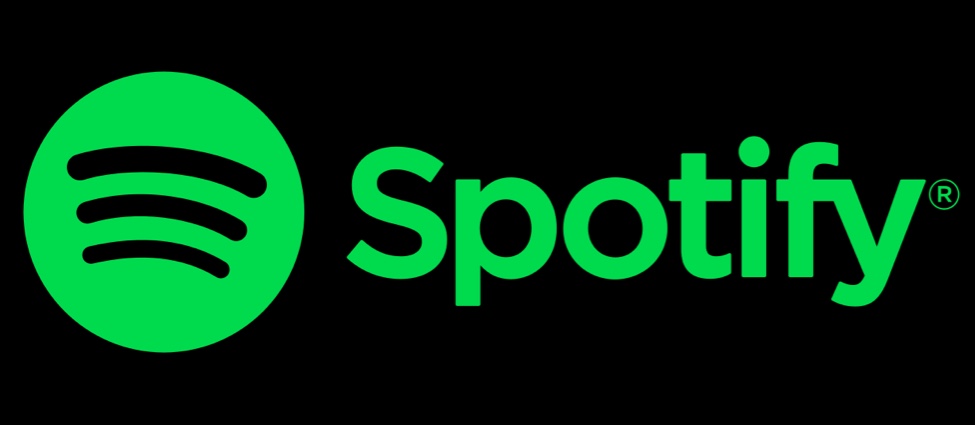How Spotify is analysing and visualising its data to manage the streams?
Spotify is one of the most popular music streaming platforms in the world, with millions of daily active users. The platform hosts a vast amount of music tracks, podcasts, and radio stations, which users can access anywhere and anytime. To make its service more engaging and user-friendly, Spotify leverages advanced technologies to visualize its data, manage all streams, and provide users with an uninterrupted listening experience.
Spotify has employed various data visualization techniques to provide insights into user behavior and preferences. The company uses big data analytics to monitor how users interact with its platform, track the popularity of songs, analyze user-generated data, and identify new trends. These data insights enable Spotify to tailor its music recommendations and enhance the platform’s functionality.
One of the platforms’ most notable data visualization features is the “Discover Weekly” feature. This feature uses advanced machine learning and data analytics algorithms to create a personalized weekly playlist for every user. Discover Weekly monitors the user’s listening history, music preferences, and even the time of day a user is most likely to listen to music. By analyzing all these data points, Spotify can curate playlists that suit the listener’s preferences and mood.
Spotify’s visualizations do not stop at the user level. As a technology company, Spotify takes advantage of data visualization to monitor and manage its music streams. Spotify uses real-time dashboards to monitor the performance of its servers, identify latency issues, and track the quality of music streams. The company monitors the load on each server, the number of concurrent streams, and other metrics that affect the listening experience.
Spotify uses visualizations to determine the number of songs and playlists being played concurrently by the users. This helps the company to assign the required bandwidth to handle the traffic that is generated on the platform. Data visualization tools enable Spotify to identify the most popular songs on the platform, track the progress of the latest releases, and generate insights around user behavior.
Spotify uses machine learning techniques to analyze users’ listening behavior and information about the music they play. The use of machine learning algorithms enables the platform to know every user’s exact preference, playlist, and songs, keeping the user excellent services such as personalized music recommendations.
The company has also built a custom tool, called the Spotify Listener Engineering Platform, to monitor user-generated data, feedback, and interactions on the platform. The custom tool enables Spotify to visualize user behavior across its different platforms, including mobile, desktop, and smart speakers.
Spotify manages its music stream through its vast network of data centers located worldwide. These data centers handle most of the data processing and server maintenance required to keep the platform running efficiently. Spotify’s infrastructure is designed to ensure minimal disruptions to user listening experiences by using data visualization to identify potential issues before they become problematic.
Spotify achieves its excellent performance with its proprietary audio compression techniques. The company uses audio codecs such as Ogg Vorbis to compress audio files while streaming. This enables the management of the stream as the size of data transmitted and bandwidth used is reduced without any significant loss in audio quality.
Spotify also employs peer-to-peer streaming technology, where users can help stream music to others, reducing the load on the servers. The company builds a network of users who can help distribute music files and other data, to reduce the overall server load and increase the efficiency of the platform.
In conclusion, Spotify employs innovative data visualization tools and advanced technologies to manage its vast library of music and provide users with an exceptional listening experience. Visualization tools allow Spotify to monitor user behavior, identify trends, and provide personalized recommendations. Additionally, the platform uses machine learning algorithms to analyze user data and listening behavior for enhanced personalization. Spotify’s focus on data management and streamlining technologies like audio codec and peer-to-peer streaming protocol ensures a consistent and high-quality streaming experience for its users. Therefore, Spotify remains one of the most advanced and popular music streaming services globally, thanks to its innovative use of technology.




